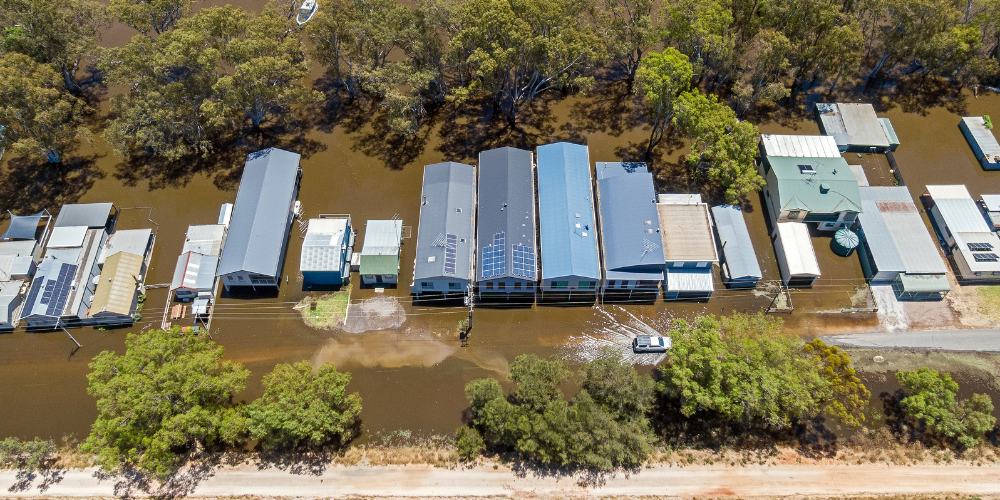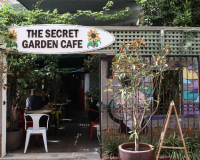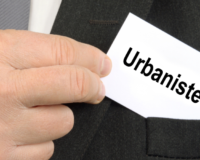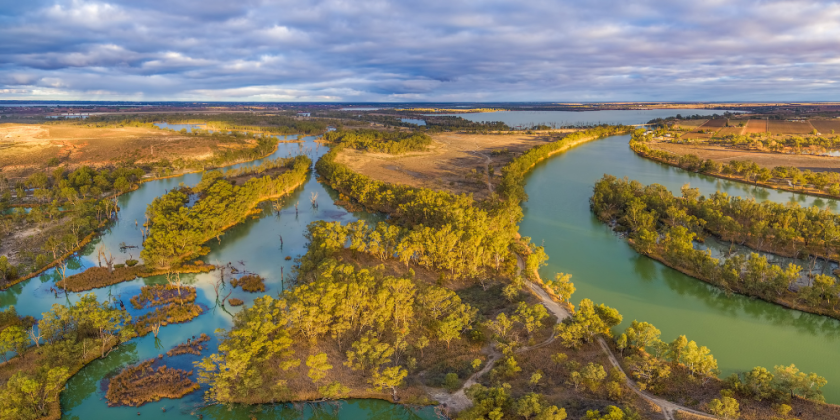
Rebuilding the River Murray – South Australia
The 2022-23 River Murray Floods Left Quite an Impact. Now It’s Time to Rebuild.
The 2022-23 River Murray flood event left many residents and shack owners without any option but to demolish their dwelling and start again. Twelve months into the recovery, owners are now slowly putting together plans to rebuild with a view to preventing or reducing future devastation. Unfortunately, this can be an even longer and more difficult task and the planning legislation doesn’t make it any easier.
Battling the River Murray Flood Plain Protection Area
As we found out from the recent flooding, it is important to protect the low lying shack areas from the impact of flood as much as possible. Just as importantly, it’s integral to protect the River Murrays pristine environmental qualities. Recent changes to the River Murray Flood Plain Protection Area Overlay have been implemented to improve the protection to dwellings and the environment in this locality. Changes include modifying minimum floor levels in consideration of maximum flood levels as well as stringent rules for storage areas and development under the flood level. These changes result in a more appropriate set of rules for each settlement area, but can cause confusion for shack replacement projects. What was once acceptable, may no longer be acceptable.
Battling the Land Management Agreements (LMA’s)
Land Management Agreements are a common place with the shack areas along the River Murray and add yet another complexity. Sitting separately to the planning rules, these are agreements which sit on the property title and are required to be adhered to. Often a waiver to the agreement is required to be submitted to the State Planning Commission seperate to any development approval. Understanding how the LMA affects your property early on is very important to ensuring a smooth development proposal for any dwelling replacement.
Department for Environment and Water (DEW)
Any proposal for a new replacement dwelling within the flood plain will need to be referred to the Department for Environment and Water during the assessment process. This process can add substantial time to any processing of the planning application as Council will need to wait for this referral response before processing any consents. Any proposal will need to be appropriate in regard primarily to its environmental impact to the river in order to avoid any issues during this part of the process. For most proposals this is not an issue as long as the proposal sticks to the planning code requirements.
Other Possible Issues
The three processes above affect almost every property along the river, particularly in shack areas and other low lying residential areas. Other aspects of the planning code can from time to time affect dwelling replacement proposals. In particular, these areas can be prone to bushfire risk and may require additional information in this regard depending on the level of risk and design of the proposed dwelling. The native vegetation overlay also presents additional issues if replacements are proposed in a different location on the site which may require vegetation removal. There are hundreds of potential issues that can pop up and halt progress in these complex ecosystems balancing character, amenity and environment.
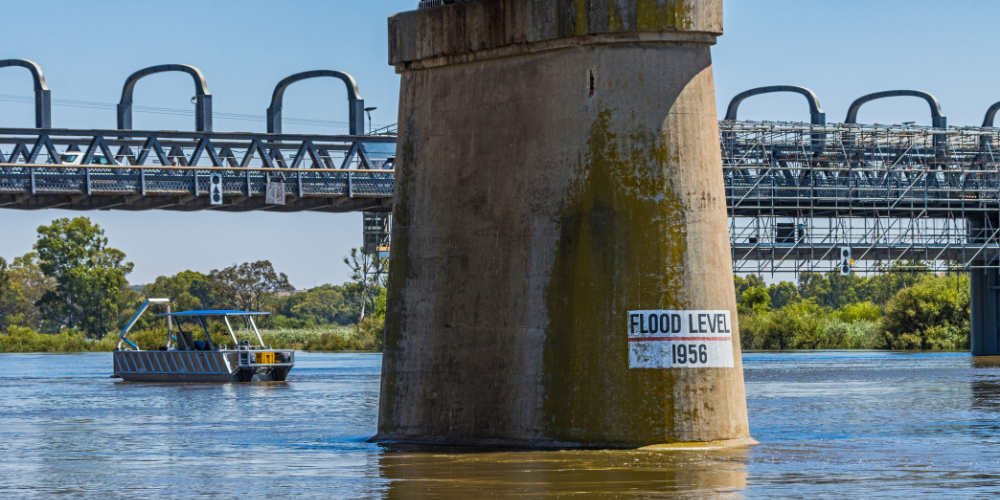
To follow along and find out more about planning issues, hear client stories or learn more about the development process make sure to follow any of our social media channels to stay updated. We are waiting for your call for assistance on any project requiring a planning and development consultant.

